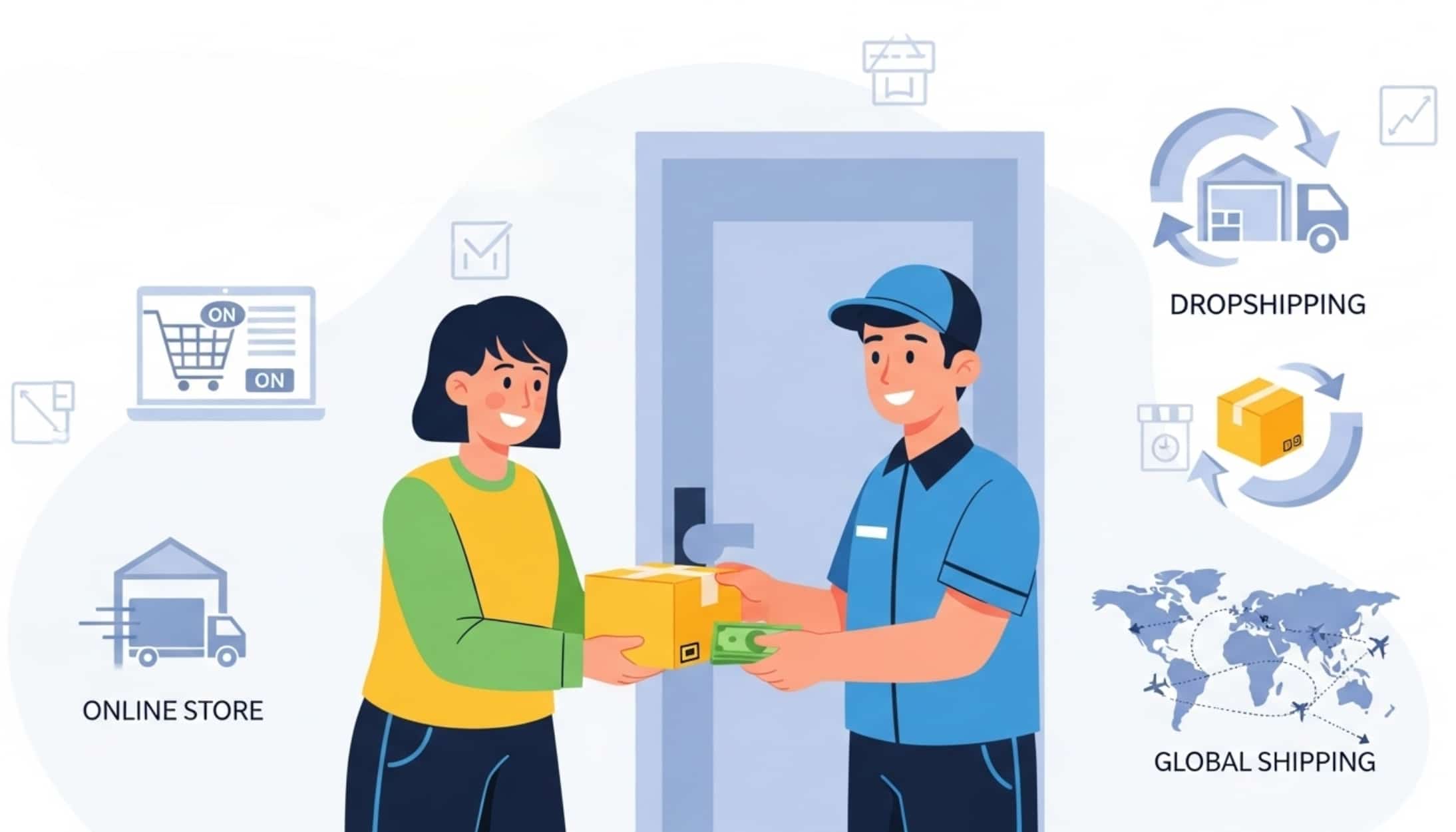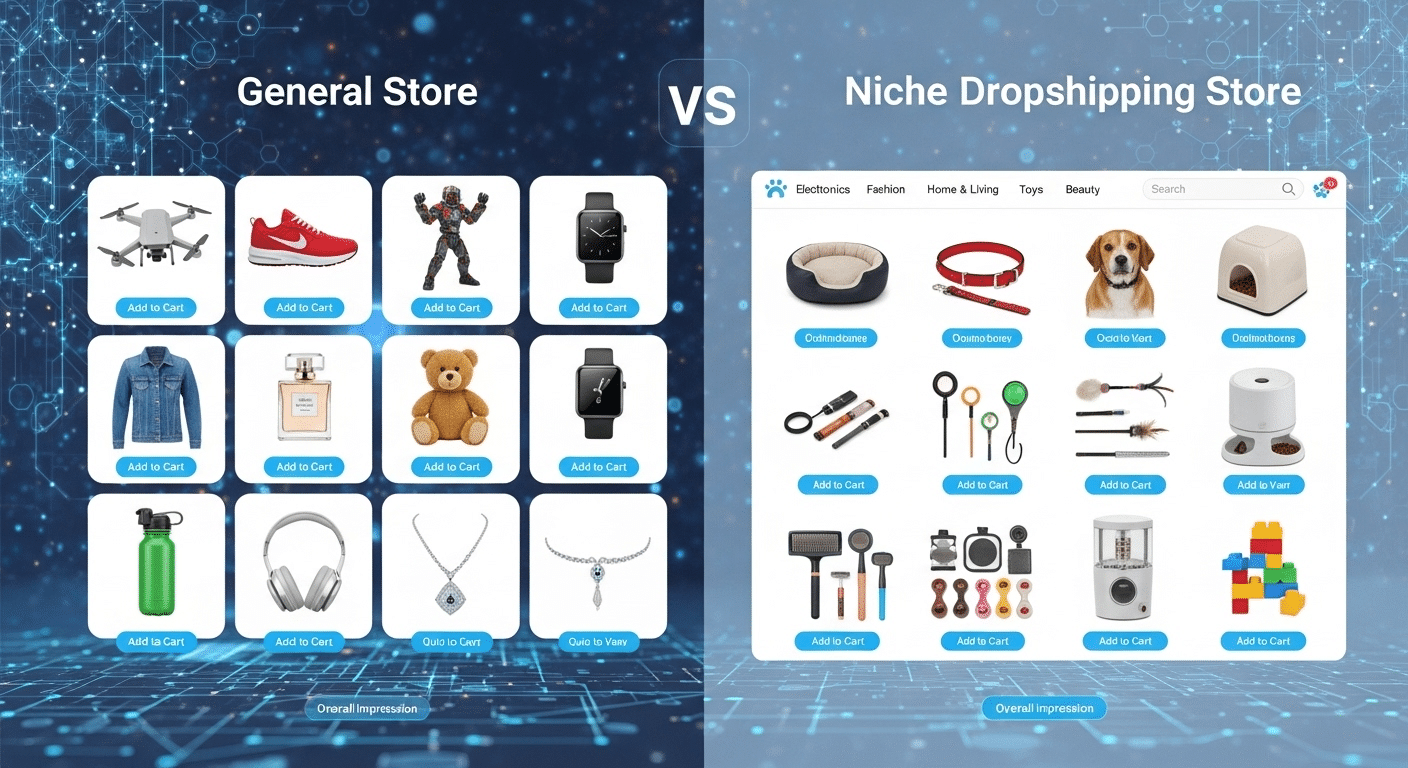Table Of Content
Introduction
Starting a t-shirt business can be a super exciting way to get into the fashion world. T-shirts are a staple in everyone’s wardrobe, making them a fantastic product to sell.
Whether you’re an artist, designer, or just someone with a great idea, launching a t-shirt line is easier than you might think. Here’s a simple, step-by-step guide to help you get started, along with some inspiring stories and key stats to give you a boost!
Industry Insights and Statistics
The t-shirt market is really taking off, and there’s no better time to dive in. According to Grand View Re741search, the global custom t-shirt printing market was valued at $3.9 billion in 2021 and is expected to almost triple, reaching $9.18 billion by 2030. Pretty impressive, right? Here’s why this industry is booming:

1. Increasing Demand for Personalized and Unique Clothing:
Today’s consumers, especially millennials and Gen Z, crave individuality. A study by Accenture found that 48% of consumers are willing to wait longer for a personalized product.
Custom t-shirts offer a perfect outlet for this demand, allowing people to wear their favorite quotes, graphics, or unique designs. This trend shows no signs of slowing down, making custom t-shirts a hot market.
2.Rise of eCommerce and Print-on-Demand Services:
The eCommerce boom has made it easier than ever to start a t-shirt business. According to eMarketer, global eCommerce sales reached $4.28 trillion in 2020 and are projected to grow to $5.4 trillion by 2022. Print-on-demand services, in particular, have lowered the barriers to entry.
Entrepreneurs can now design, print, and sell t-shirts without the need for a large upfront investment in inventory. This model not only reduces financial risk but also allows for greater flexibility in design and production. You can test new ideas and designs quickly, adapting to changing trends and consumer preferences with ease.
3.Growing Popularity of Casual Wear:
Casual wear, including t-shirts, has become increasingly popular as everyday attire. According to a report by the NPD Group, the athleisure market, which includes casual wear, was valued at $306 billion globally in 2020 and is expected to continue growing.
This shift is partly due to the rise of remote work and the growing trend toward comfort and practicality in fashion. As more people embrace casual and comfortable clothing, the demand for stylish and unique t-shirts continues to rise.
4. Digital Printing Advancements:
Technological advancements in digital printing have made it easier and more cost-effective to produce high-quality custom t-shirts. The global digital textile printing market was valued at $2.31 billion in 2020 and is projected to reach $8.8 billion by 2026, according to Allied Market Research.
This technology allows for vibrant, durable prints that can be produced on-demand, reducing waste and inventory costs.
5. Environmental and Ethical Considerations:
There’s a growing demand for ethically produced and eco-friendly clothing. A study by Nielsen found that 81% of global respondents feel strongly that companies should help improve the environment.
This trend has led to an increase in the market for sustainably produced t-shirts, offering new opportunities for businesses that prioritize eco-friendly practices.
How TO Start a T-Shirt Business
Find Your Niche
First things first, you need to find your niche. This could be anything from quirky slogans and pop culture references to eco-friendly messages or designs for specific hobbies like gaming or fitness. Your niche helps you target a specific audience and stand out from the crowd. The more unique your niche, the easier it will be to market your products.
Source Quality Materials and Printing Options
Quality is everything in the t-shirt business. Start by choosing high-quality blank t-shirts. Cotton blends are a popular choice because they’re comfortable and durable. Next, decide on your printing method.
Screen printing is great for large orders and vibrant colors, while direct-to-garment (DTG) printing is perfect for detailed designs and smaller runs. Heat transfer is another option, but it might not be as durable. Pick the method that best suits your designs and budget.
Design Your T-Shirts
Now for the fun part—designing your t-shirts! You don’t need to be a professional designer to create great designs. Use tools like Adobe Illustrator or Canva to bring your ideas to life. If you’re not comfortable designing yourself, consider hiring a freelancer. Your designs should reflect your brand’s personality and appeal to your target audience.
Create Mockups of Your T-Shirts
Before you start selling, create mockups to show off your designs. Mockups are digital images that showcase your designs on t-shirts. They give customers a realistic view of what your products will look like. You can use online tools like Placeit or Smartmockups to make these easily.
Validate Your Designs
It’s a good idea to test your designs before going all-in. Share them on social media, ask for feedback, or even run a pre-sale to see how much interest there is. This way, you can make adjustments based on what people like (or don’t like) before spending money on inventory.
Set Up Your Online Store
With your designs ready, it’s time to set up your online store. Platforms like Fathershops, Etsy, and WooCommerce are great for selling t-shirts. Make sure your store is easy to navigate and mobile-friendly. Include high-quality photos, detailed product descriptions, and clear pricing. And don’t forget to set up your payment and shipping options!
Key Considerations for Starting a T-Shirt Business
T-Shirt Printing Techniques
Choosing the right printing technique is key. Screen printing is cost-effective for bulk orders and offers vibrant colors, while DTG is great for detailed designs and smaller quantities. Heat transfer is versatile but might not last as long. Think about what works best for your designs and budget.
Focus on Design
Your designs are what will make or break your business. Focus on creating unique, high-quality designs that stand out. Look at current trends but also try to offer something fresh and original. Your designs should match your brand’s voice and appeal to your audience.
Prioritize Quality
Quality is crucial for keeping customers happy and coming back for more. Invest in good-quality materials and printing techniques. High-quality t-shirts not only feel and look better but also make your brand look more professional.
Build a Strong Brand
Your brand is more than just a logo; it’s your business’s personality. Define your brand’s voice, style, and values. Consistency is key—make sure your website, social media, and all other customer touchpoints reflect your brand’s identity.
Manage Inventory Efficiently
Decide whether you want to hold inventory or use a print-on-demand model. Holding inventory can be cost-effective and offer quicker shipping, but it requires upfront investment. Print-on-demand reduces risk and startup costs but may have higher per-unit costs and longer delivery times.
Inspiring Journeys: Successful T-Shirt Brands
Starting a t-shirt business has been a path to success for many entrepreneurs. Here are a few inspiring examples:Bella + Canvas:
Starting small, Bella + Canvas focused on high-quality, comfortable basics. Their attention to detail and commitment to ethical manufacturing have made them a major player in the industry.
johnny Cupcakes:
Johnny Cupcakes turned a quirky concept into a thriving business by combining unique designs with a bakery-themed brand. Their limited-edition t-shirts and strong brand identity have created a loyal fanbase.
Threadless:
Threadless revolutionized the market by allowing artists to submit designs and letting the community vote on their favorites. This not only engaged their audience but also ensured they always had fresh and popular designs.
Everlane:
Everlane built a loyal following by focusing on transparency and ethical production. Their high-quality basics, including t-shirts, have resonated with consumers looking for sustainably made clothing. These brands show that with creativity, a strong vision, and a good understanding of your audience, you can build a successful t-shirt business.
Conclusion
Starting a t-shirt business is an awesome way to channel your creativity and step into the fashion industry. With the market growing and trends leaning towards personalized and casual wear, there’s a lot of potential for new businesses.
Whether you’re inspired by the success stories of brands like Bella + Canvas and Johnny Cupcakes or looking to carve out your own niche, the key is to stay true to your vision and connect with your audience. So, get started, have fun with it, and watch your t-shirt business thrive! Happy selling!



 Easily create your online store
Easily create your online store



